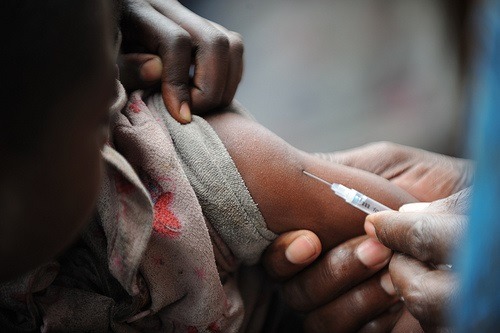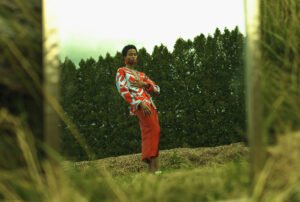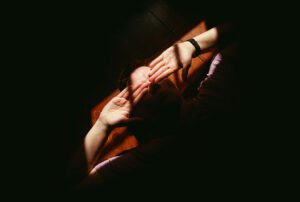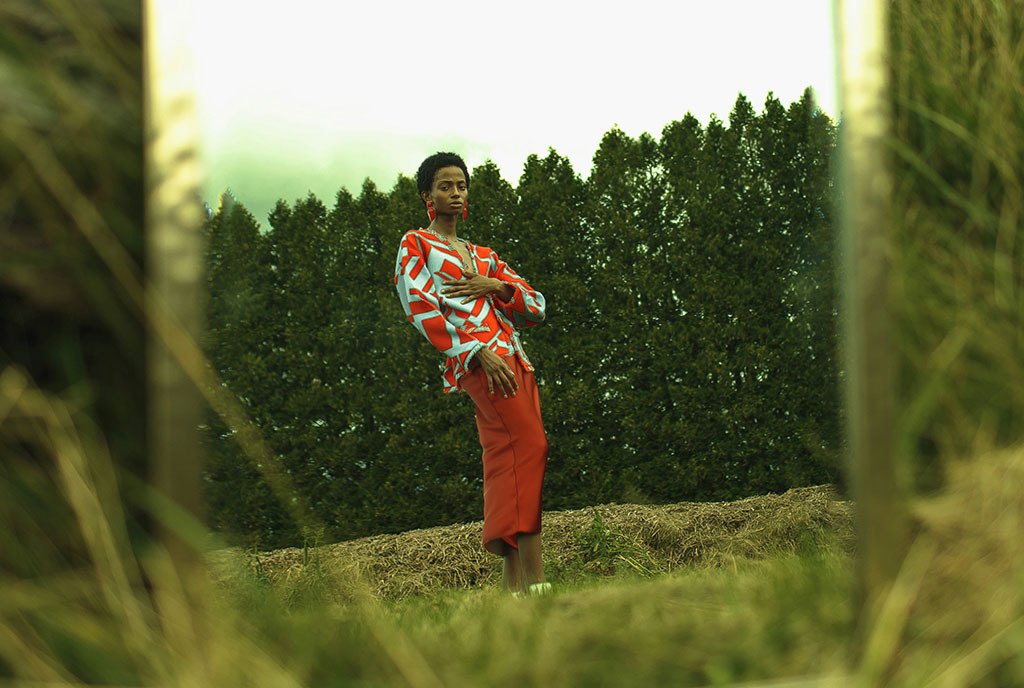
January 8, 2015;NPR, “Goats and Soda”
As we’ve seen in the past, art as a medium is a powerful vehicle for change, protest, and editorializing. The Bill & Melinda Gates Foundation is now harnessing that influence to bring attention to the epidemic lack of vaccinations for children around the world. And with almost six million children dying from preventable diseases due to that lack, the need to provide funding for and access to vaccines is vital.
The Gates Foundation has recruited more than 30 international artists for The Art of Saving a Life, a project that will use art to relay the truth and tragedy of communities living without access to vaccines in an effort to raise awareness and funding. Annie Leibovitz, cartoonist Darryl Cunningham, and Vik Muniz are among the artists participating in the project.
Sign up for our free newsletters
Subscribe to NPQ's newsletters to have our top stories delivered directly to your inbox.
By signing up, you agree to our privacy policy and terms of use, and to receive messages from NPQ and our partners.
While the art will not be available for sale, it will be showcased at a conference in Berlin on January 27th by Gavi: The Vaccine Alliance, an organization dedicated to providing vaccinations to children globally.
“In science and medicine, we’re convinced that what we work on is really cool, really important, and should interest everyone,” says Orin Levine, director of the Vaccine Delivery Team at the Bill & Melinda Gates Foundation. “But we haven’t always provoked that interest. Art really speaks to everybody as a way to provoke a conversation, or convey a message.”
More art will be released over the coming weeks before the conference showing, but that which is currently available shows us the kind of impact we may expect as a viewing audience. The images are poignant and introspective as they present different aspects of the vaccination crisis.
- Alexa Sinclair’s piece depicts Dr. Edward Jenner, often referred to as the father of immunology, as he inoculates James Phipps, the first person to ever receive the vaccination for smallpox in the late 18th century, which led eventually to the eradication of the disease by 1980. Each element of the piece represents some part of the story of development of the vaccination.
- Vik Muniz created a pink floral design composed of a “microscopic pattern of liver cells infected with a smallpox vaccine virus. After infection, the virus turns the cells a reddish color which allows scientists to visualize infection.” Without a higher resolution picture, we’re going to have to take Muniz at his word that there truly are microscopic cells in the image.
- Mary Ellen Mark’s work educates and provokes discussion with her photographic piece documenting the realities of living with congenital rubella syndrome, or CRS, a disease that can be completely prevented if a child is vaccinated. CRS is passed from mothers to their fetuses in utero and often results in heart problems, developmental issues, and eye problems, among other issues. Mark’s subjects, Jimmie Carey and Damali Ashman, are shown in their everyday lives and illustrate the stark and needless reality of people living with preventable diseases.
- Mauro Perucchetti’s work draws on the controversy that has recently surrounded vaccinations. Through depicting smiling parents and children, the glass resin set (which combines two of his previous works, Jelly Belly Familyand Love Serum) seeks to reduce the fear children have of syringes as well as address parents’ skepticism toward vaccines.
The project serves both to educate and stir dialogue about the vaccination issue in a way that’s novel, yet perhaps still controversial. With millions of lives still at risk and without proper access to vaccinations, The Art of Saving a Life may in fact be in the line of work of saving lives.—Shafaq Hasan













